These creatures are known to cause significant damage to a variety of plants, turning a once vibrant garden into a landscape of half-eaten leaves and stems.
Kangaroo Paw Flowering Timeline: When to Expect and How to Maximise Their Beauty?
The kangaroo paw plant (Anigozanthos spp.) is a beloved native of Australia. Renowned for its unique, velvety flowers that resemble the shape of a kangaroo’s paw, this plant brings a touch of exotic charm to any garden.
If you’re planning to add kangaroo paws to your garden, you may be wondering when they flower, and for how long. Keep reading to find out.
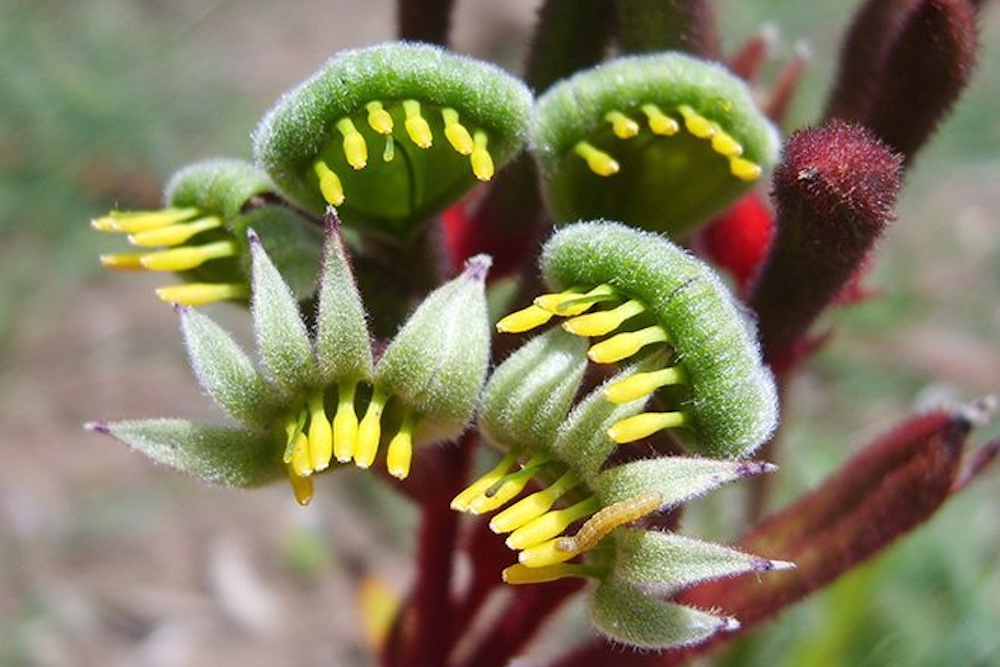
Understanding the Kangaroo Paw Flowering Season
The Lifecycle of a Kangaroo Paw Plant
The lifecycle of a kangaroo paw plant begins as a seedling or a propagated rhizome also known as a “pup”. With proper care and favourable conditions, the plant grows to develop long, strappy leaves.
Following this phase, the plant prepares for the flowering season, producing tall, branching stems adorned with unique, tubular flowers.
When to Expect Kangaroo Paw Blooms
Kangaroo paws typically flower from late winter through to summer. The peak blooming period usually occurs in spring. However, the exact timing can vary depending on factors such as the specific variety of Anigozanthos, local climate, and care practices.
Some varieties can flower all year in favourable conditions, which we’ll discuss shortly. Planting these types ensures year-round interest in your garden and a reliable food source for native nectar-eating birds, insects and mammals.
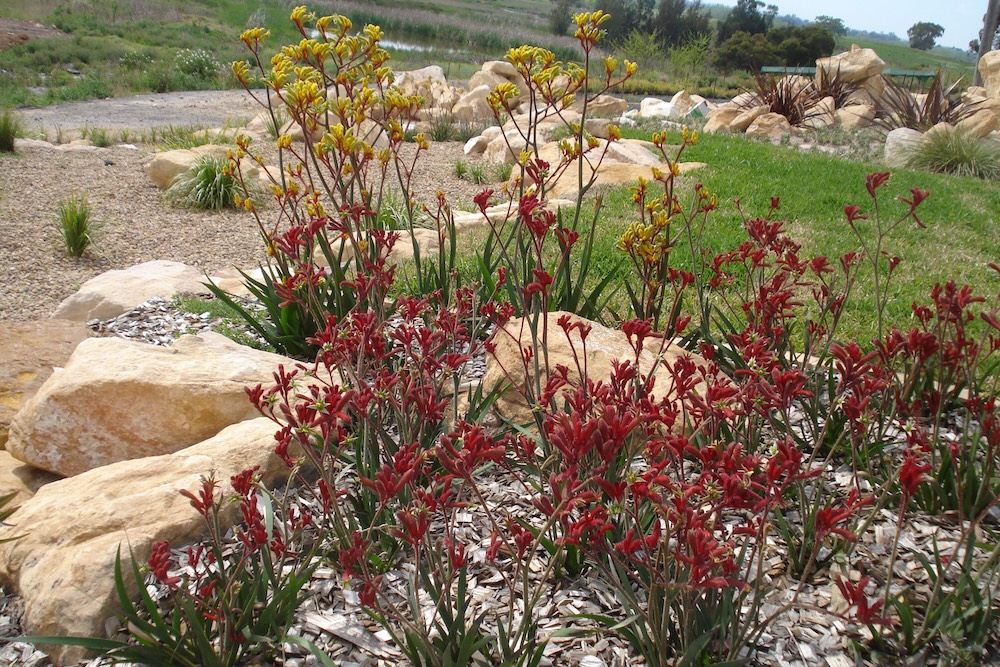
Recognising the Signs of Flowering
As your kangaroo paw plant nears its flowering season, you’ll notice a few physical changes. The production of flowering stems is the first sign that blooms are imminent.
These stems grow taller than the foliage and are tipped with a cluster of buds. As these buds mature, they gradually change colour, starting from green and transforming into the vibrant hue of the variety—be it red, yellow, orange, or pink.
How Long Do Kangaroo Paws Flower For?
The flowering duration of kangaroo paws can vary depending on the species and cultivar. In general, they bloom most intensively in spring and summer. However, when properly cared for, some varieties can flower for most of (if not all) the year.
Specifically, varieties like Everlasting Gold™ Anigozanthos hybrid ‘KP02’ and Everlasting Mega Gold™ Anigozanthos hybrid ‘KP03’ are known to flower all year round, providing a continuous splash of colour in your garden.
With that being said, in Australia, many kangaroo paws typically begin to flower around August or September, with their vibrant blooms gracing gardens until April or May. Again, this depends on the variety you’ve planted, the care it receives, and your climate.
Once a flower spike has bloomed, it generally lasts for several weeks before going to seed. Again, this depends on the specific variety and conditions.
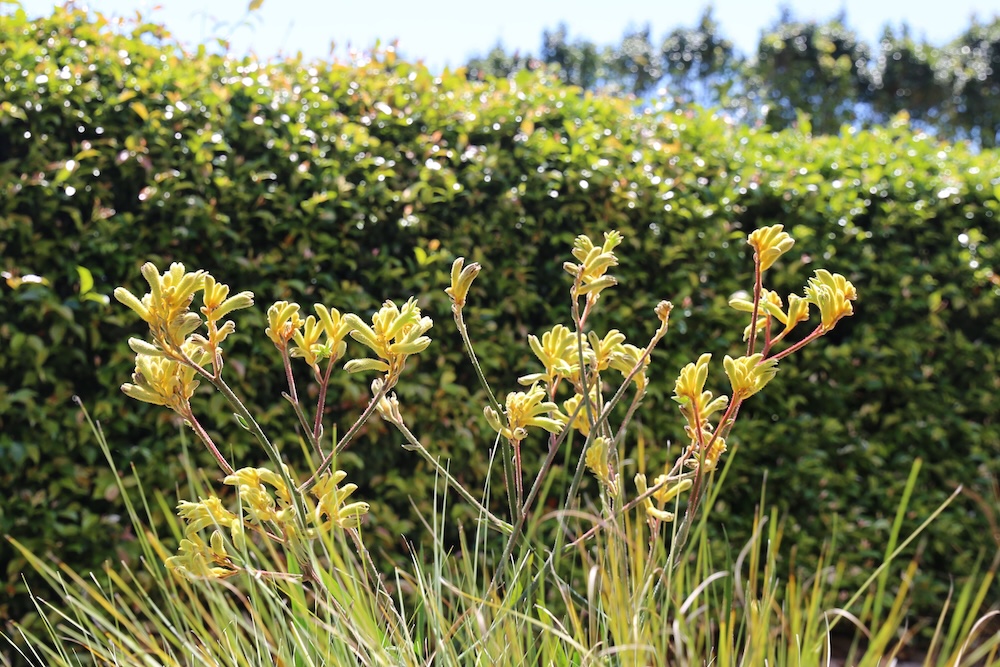
From Bud to Bloom: The Journey of the Kangaroo Paw Flower
The First Flower: A Milestone Moment
A kangaroo paw can take two or more years to bloom after propagation and the appearance of the first flower is always a momentous occasion. It signifies that the plant has successfully navigated through its early growth stages and is now ready to put on its spectacular performance.
The emergence of the first flower also indicates the plant’s overall health and development, as only a thriving kangaroo paw plant can produce its striking blooms.
If you’re buying a plant from a nursery, chances are that it’s already old enough to put on flowers, but if you’re propagating your own plants you’ll need to be patient while they establish.
The Flowering Process in Detail
The flowering process of a kangaroo paw plant is truly a sight to behold. It begins with the bud slowly opening at the tip of the stem. Over the course of a few days, the bud unfurls to reveal the flower’s distinctive ‘paw’ shape. The ‘fingers’ of the paw (fused petals), covered in tiny hairs, extend outwards, then curl back while the flower’s vibrant colour becomes more pronounced.
Flowers at the bottom of the stalk open first, and flowers at the tip of the stalk are the last to open. The plant continues this process throughout its flowering season, providing a prolonged display of unusual and eye-catching blooms.
As the flowers are pollinated or reach the end of their allotted time, they will begin to dry and potentially go to seed. At this point, they’ll sadly no longer be beautiful and will need to be pruned out. Removing these “dead heads” encourages the plant to push out new blooms.
Enhancing the Beauty of Your Kangaroo Paws
Optimal Conditions for Flowering
For kangaroo paws to flower at their best, they require certain conditions. These generally include full sun exposure, well-drained soil, and a mild to warm climate.
Make sure they’re planted in an area that receives at least six hours of direct sunlight each day. For soil, they prefer a sandy or loamy type that drains well. Overly wet soil can lead to root rot and other diseases. If your garden has clay-dominant soil, consider growing kangaroo paws in raised beds or pots filled with a suitable potting mix, or amend with gypsum and organic matter to increase drainage.
Temperature-wise, most kangaroo paws do well in mild to warm climates, and they aren’t frost-tolerant. However, they can survive in cooler areas if they receive plenty of sun and protection during frosty periods.
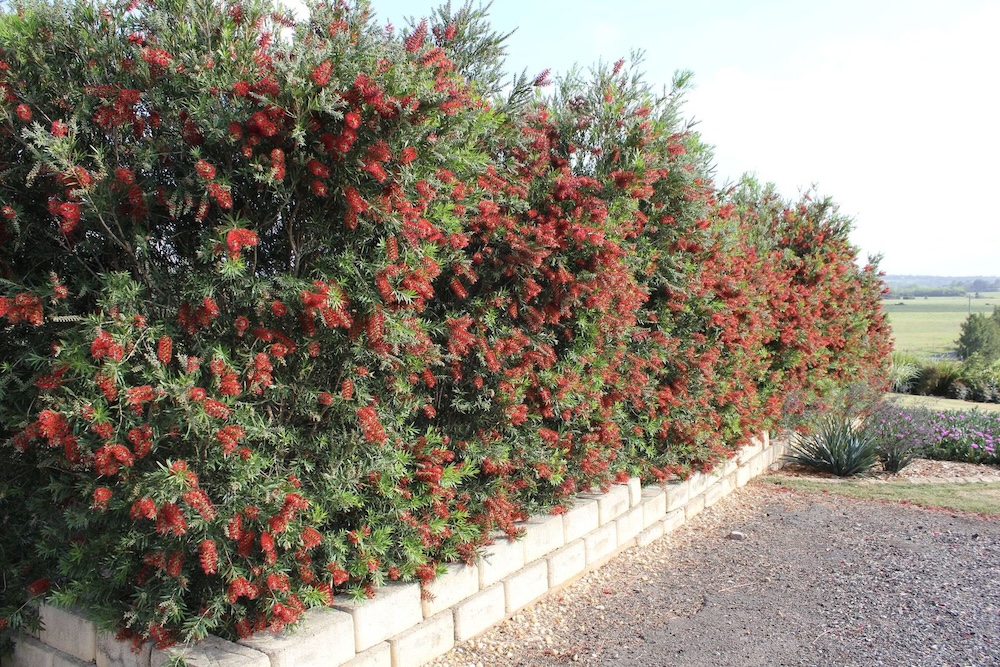
Care Tips for Maximum Flowering
Proper care is key to getting the most out of your kangaroo paws’ flowering season. Watering, fertilising, and pruning all play crucial roles in this respect.
Watering should be done deeply but infrequently, allowing the soil to dry out between waterings. This mimics the conditions in their native Western Australian habitats and encourages the plants to develop deep root systems.
Just make sure the water’s actually reaching deeply into the soil, rather than rolling off the top which can happen in hydrophobic or compacted soils. This can be tested by pushing your finger into the soil. Hydrophobic sand can be amended with wetting agents and organic matter, while compacted clay can be amended with gypsum and organic matter.
Fertilise your kangaroo paws with a slow-release fertiliser at the beginning of the growing season to give them a nutrient boost. Most kangaroo paws can deal with a regular nutrient ratio (NPK), however some sources recommend using a native fertiliser for black kangaroo paws that’s low in phosphorous.
As mentioned above, pruning is also important for promoting vigorous growth and abundant flowering. After the flowers die, cut back the spent flower stems to the base of the plant. This not only tidies up the plant but also stimulates the growth of new flower spikes.
Keep an eye out for common problems such as ink disease, which presents as blackening of the leaves and stems. If you spot this, cut off the affected parts and avoid overwatering. Make sure you’re watering in the morning so that evaporation can occur, rather than sitting on leaves all night long. In fact, try to avoid getting water on the leaves as much as possible.
Daniel’s Wrap
Understanding the life cycle and flowering timeline of kangaroo paws enables you to anticipate their blooms and maximise their beauty. By providing the optimal conditions and proper care, you can enjoy a spectacular display of these unique flowers in your garden.
So whether you’re an experienced home gardener or a professional landscape maintenance operator, apply this knowledge and revel in the beauty of your blooming kangaroo paws.

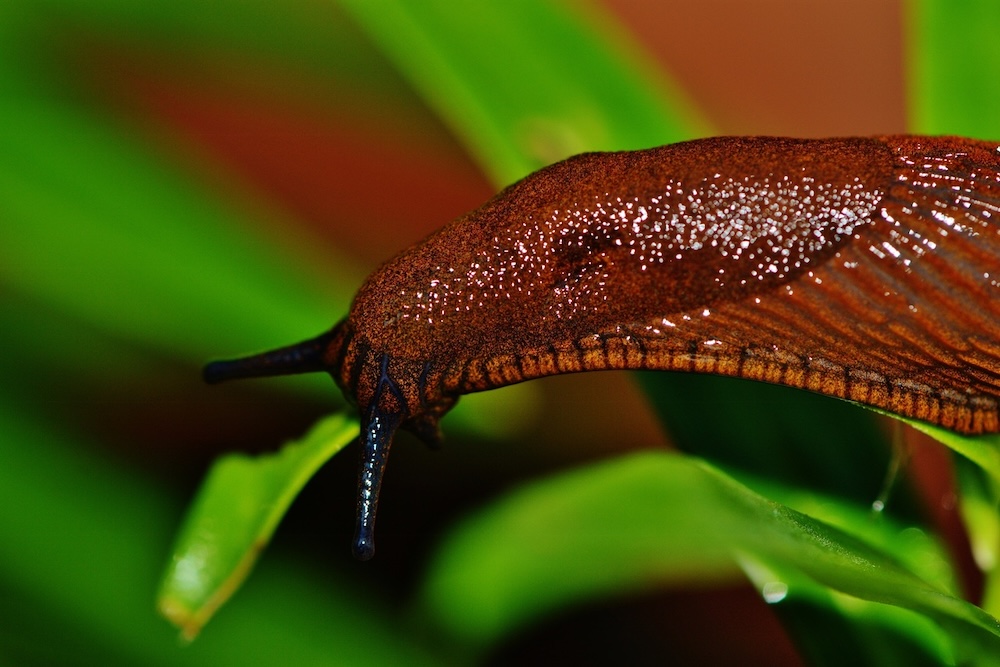
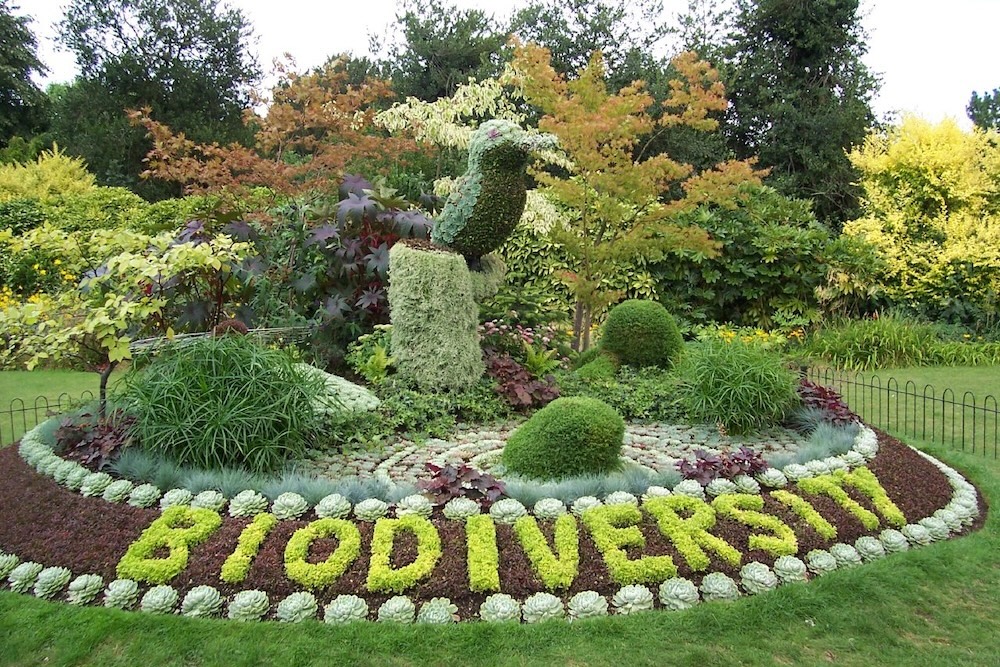
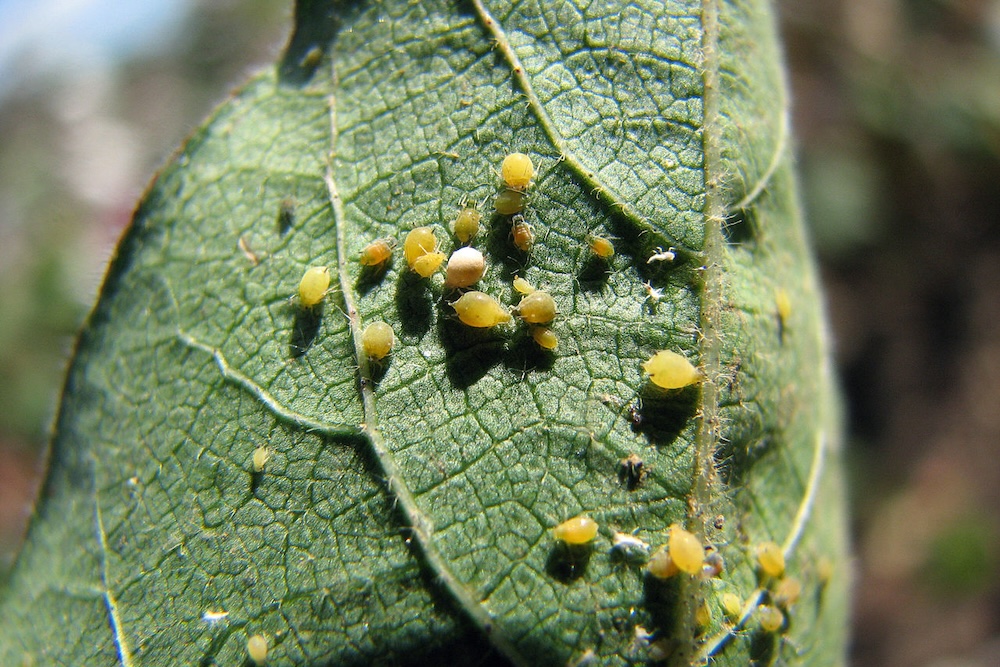
This Post Has 0 Comments